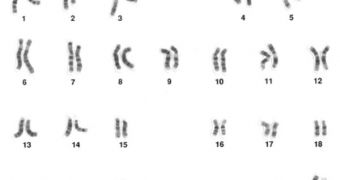Particular DNA segments can be found in various amounts from one person to another, even if they are in the same line, as in family. These variations play an important part in our evolution. They can hold the key to boosts of the immune system and to developing resistance to certain diseases, but can also make it a lot easier for certain conditions to set in. Numerous diseases have thus far been linked to an anomalous number of DNA copies at a certain location, and the new method will make it a lot easier to devise screening tests to assess a person's vulnerability to one of these conditions.
The new method, named micro-read Fast Alignment Search Tool (mrFAST), was developed by experts from the University of Washington, including Department of Genome Sciences senior fellow Dr. Can Alkan and graduate student Jeffrey M. Kidd, both lead authors of the new research. Details of their method appear in the August 30th issue of the respected scientific journal Nature Genetics. Expert Jeffrey M. Kidd, a professor of genome sciences at the university, has been the senior author of the paper.
Lupus, Crohn's disease, mental retardation, schizophrenia, color blindness, psoriasis, and age-related macular degeneration are among some of the conditions that have been directly linked to the number of duplicated genome sequences until now. As researchers are making headway into determining the influence that gene copy-number variations have on health, finding out the number, content, and location of segmental duplications becomes an increasingly important part of their efforts.
“New computational methods, combined with next-generation DNA sequencing technology, has provided for the first time an accurate census of specific genes that exist in varying number of copies,” Alkan says of the new method. “This is a way to deal with some of the most complex regions of the human genome and do what might appear to be a simple thing: Count whether a person has one, two, three or more copies of a gene. In fact, such counting is surprisingly difficult,” Kidd adds. In previous studies, experts were able to determine if a person had more copies of a genome segment, but not the exact number of copies.
“The newer, faster genome sequencing platforms, may eventually make it feasible to detect the full-spectrum of genomic variation among many individuals, including patients suffering from diseases of genetic origin. Next-generation technology and computational methods promise low cost, rapid sequencing of different individuals and may lead to a fuller understanding of the patterns and significance of human genetic variation,” Alkan concludes.

 14 DAY TRIAL //
14 DAY TRIAL //